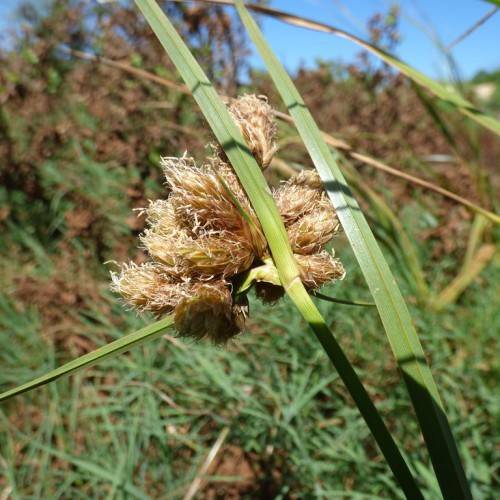
Saltmarsh Bulrush
Bolboschoenus maritimus
Watering:
Frequent
Hardiness Zone:
Flowers:
Flowers
Sun:
full sun,part shade
Fruits:
Fruits Ready In Fall
Leaf:
Yes
Growth Rate:
Low
Drought Tolerant:
Yes
Salt Tolerant:
Yes
Care Level:
Medium
watering
When it comes to watering River Bulrush, the key is to keep the soil consistently moist. Water twice per week to help the plant retain enough moisture. Add water until it starts to pool or trickle away from the base of the plant. This plant species is well-suited for bog gardens, so avoid over-watering it. Make sure to water the River Bulrush evenly between the individual plants, and pay attention to areas where water tends to accumulate. Additionally, mulching in between plants can help to maintain moisture and reduce weeds.
sunlight
River Bulrush (Bolboschoenus fluviatilis) grows best in full sun but is tolerant of partial shade. It prefers moist soils with ample drainage and does not do well in standing water. Typically, it needs at least 6 hours of direct sunlight each day for optimal growth. It can also tolerate light morning or late afternoon sun. During the summer months, it may benefit from some shade during the hottest part of the day. During the winter months, it can handle more direct sun since much of the day is cooler.
pruning
River bulrush typically requires pruning approximately once a year. This should be done in the spring before new growth emerges, or in the fall after the plant has gone dormant. Pruning consists of cutting back dead growth and removing any overcrowded stems to encourage air circulation and new shoots. The amount of pruning will depend on how much of the plant's growth is above water as well as the desired size of the River Bulrush. Generally, pruning should not remove more than a third of the plant's foliage.
